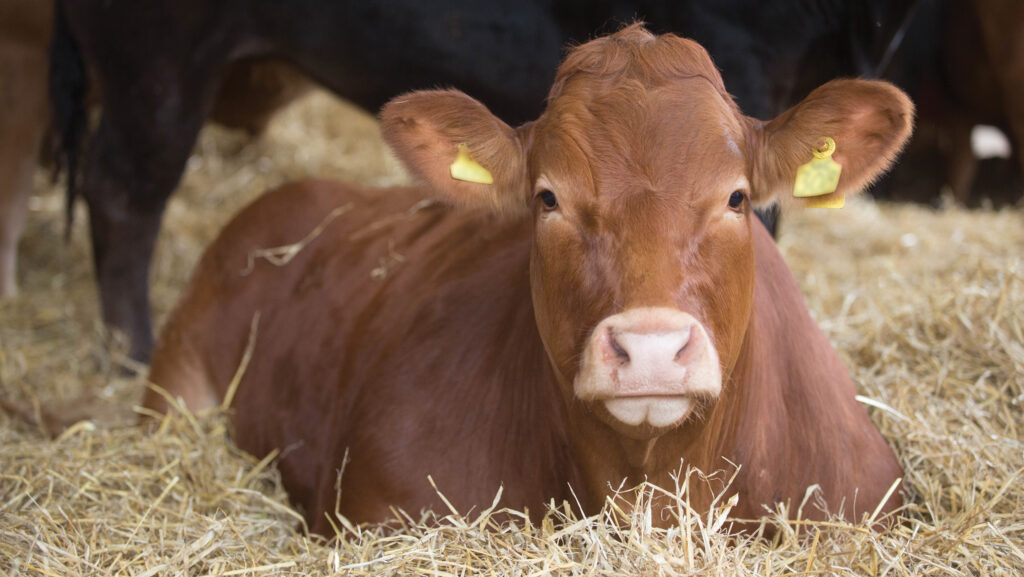Fat cattle in short supply as prices lift back above 480p/kg
 © Tim Scrivener
© Tim Scrivener Beef finishers have enjoyed a reassuring uplift in prices for fat cattle during the summer months, with steers and heifers making gains throughout July and early August.
Deadweight steers recently broke back above last year’s levels and are now almost 34p/kg above the same week last year at 489p/kg.
The bullish market has been driven by tighter supplies with fewer cattle coming forward.
See also: Aldi claims title as largest British beef retailer
Gary Morrison, principal protein reporter at market insight firm Expana, said supplies continue to be tight in the UK, which is supporting wholesale pricing.
The UK breeding cattle herd was 2% smaller year on year, while a strong sterling was making imports more competitive.
Looking forward, Mr Morrison said the total cattle population points to supply reductions in the final quarter of this year.
Demand
Higher prices have resulted in some resistance from buyers at retail, however cheaper cuts are still very much in demand.
“Expensive cuts like beef fillets are getting some push back, but the value items are certainly supported by pretty good beef demand,” said Mr Morrison.
“Consumers are willing to pay for beef they just might be making a different decision and trading to an item at a lower price in the complex.”
GB prices are at a 66p/kg premium to prices in Ireland, which is the largest pricing differential since March, according to the AHDB, and could encourage greater import volumes moving forward.
In Scotland, weekly slaughter is also below average levels, however it is forecast to pick up during the autumn.
Longer term, Quality Meat Scotland says the continuing decline in the beef herd in 2024 points to further falls in production beyond 2025.
US beef demand
The US currently has the lowest number of cattle on farms since 1951 and numbers could continue to drop in 2025 and 2026, according to Gary Morrison, principal protein reporter Expana.
He said: “As of 1 January 2024, there were 87.2m head of cattle and calves on US farms, that was 2% lower than last year.”
Mr Morrison said slaughter numbers were down by 5% year on year in the first half of 2024 with roughly 30,000 fewer cattle a week than the same period last year.
US beef production is forecast to be down by 3% in 2024 overall with heavier carcass weights offsetting some of the decline in numbers.
Cattle prices in the US have rallied since the start of the year, with some cuts up by 45% in value.
“Supply is tight and supportive ground beef demand is also helping drive the price action.”
He added that similarly to the UK, expensive cuts are starting to feel some pressure, but there is still decent demand for alternative steak cuts such as strip loins and top cuts.
Australia targets US market
The US has provided the largest market for Australian beef and lamb exports so far this summer, with July export volumes up by 61% on the year.
Total Australian beef exports reached an all-time high of almost 130,000t during July, which was more than 5,000t above the previous monthly export record set in March 2015.
Tim Jackson, global supply analyst at Meat and Livestock Australia (MLA) said exports had reached unprecedented levels.
He added: “The US slowdown created space in most markets, while substantial South American production limited exports into others.”
“Exports to Japan and Korea also rose significantly, by 48% and 20% year-on-year to 26,297t and 20,331t respectively.”
